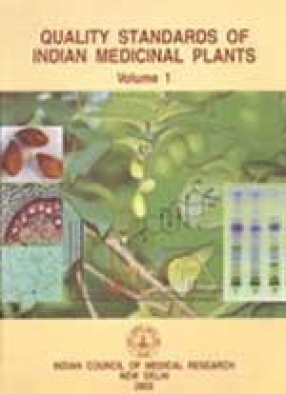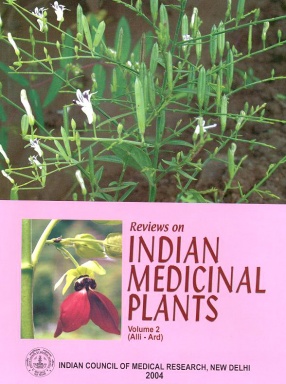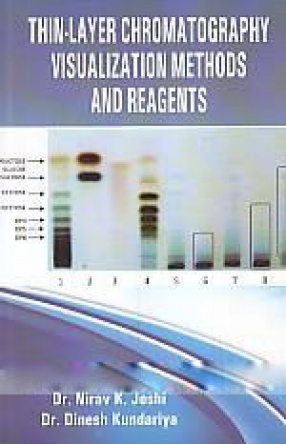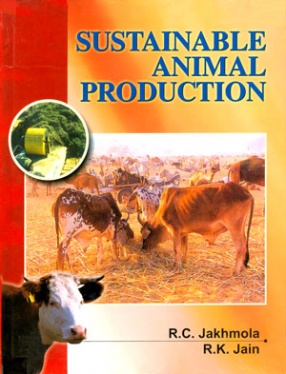Plant based medicines have been used by mankind since time immemorial. According to the report of World Health Organization, over 80 per cent of the world population relies on the traditional systems of medicine, largely plant based, too meet their primary health care. The effectiveness of these systems, in turn, mainly depends upon the proper use and sustained availability of genuine raw material. Global resurgence of the interest in herbal drugs has led to the need of their mass production which perhaps was not even contemplated by the traditional medicine practitioners who prepared and dispensed the medicine on a personal and individual basis. Largescale production of medicinal plant products necessitated the availability of standards to ensure their quality, efficacy and safety.Furthermore, limited availability of medicinal plants of consistent quality has been perhaps one of the toughest impediment for reliable biological, pharmacological, chemical and clinical evaluation besides their use in health care. Lack or inadequacy of quality standards has been a discouraging factor for many potential herbal drug manufacturers and also a handicap in regulating the herbal drug market.Against this backdrop, the Indian Council of Medical Research initiated a programme for laying down quality standards of about 200 medicinal plants widely used in India. Special emphasis has been laid on various chromatographic techniques including thin layer chromatographic, fingerprinting, HPTLC, HPLC, and GLC wherever needed. The studies complemented by literature backup has resulted in the preparation of monographs on 32 individual medicinal plants which have been covered in the present first volume. The work on the remaining plants is in progress.The contents of monograph on each plant have been systematically described as follows:Botanical name with authority, synonym, part(s) used, geographical source. Other names of the drug in different languages. Part(s) of the plant used as drug. Macroscopic and microscopic description of the drug with special emphasis on diagnostic characters of the part(s) used along with colour photographs of the plant, part(s) used and illustrated diagrams of histological features. Chemical constituents, structure of important chemical constituents. Identity test based on different chemical groups and TLC/GLC fingerprint profiles along with marker compound(s). Assay/analytical method (using HPLC, HPTLC, GLC etc.) for the analysis of marker compounds along with detailed procedure and chromatograms. Other quantitative standards include foreign matter, total ash, acid-insoluble ash, ethanol-soluble extractive, water-soluble extractive and loss on drying. Adulterants/substitutes if any, giving details of distinguishing features from the genuine drug. Important pharmacological and clinical studies in brief, as reported in the literature. Therapeutic category as mentioned in Ayurvedic texts or as evidenced by clinical trials and reported in literature. Safety aspects as mentioned in Ayurvedic texts or as reported in publications on pharmacological/toxicological aspects. Dosage as mentioned in Ayurvedic texts or as reported in other scientific publications.Complete references of the work cited.
Irrigation and Drainage
$97.20
$108.00








There are no reviews yet.